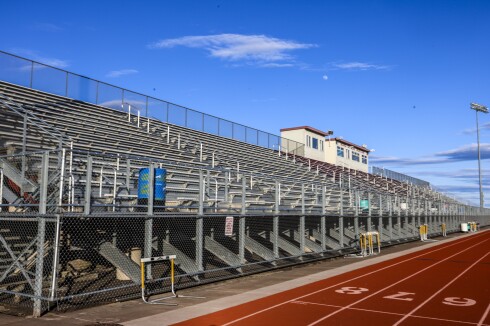DULUTH — Redeveloping the last sizable piece of vacant downtown waterfront real estate in the city will be a tall order by all accounts.
“It ain’t for the faint of heart,” said Steve Schwanke, one of the principals of Inland Development Partners, the Wayzata-based firm hoping to bring large-scale multi-floor housing — mixed with a dash of commercial development — to the site.
ADVERTISEMENT
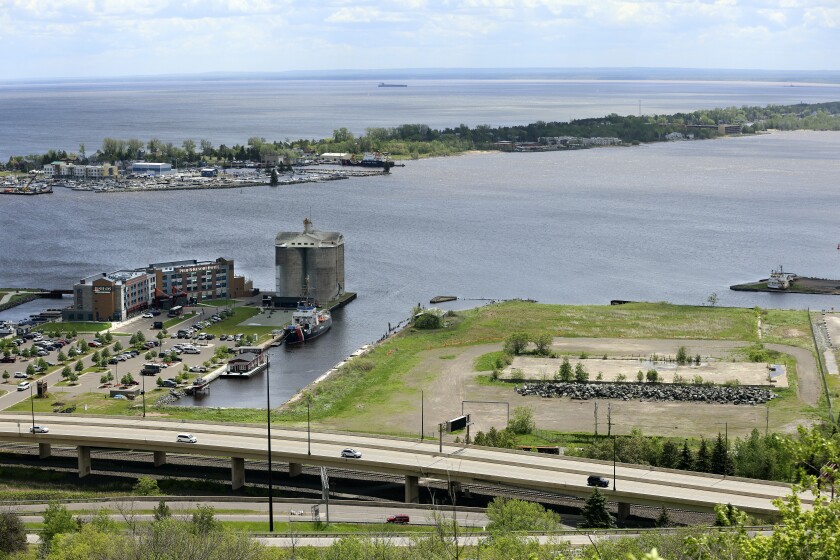
The 12-acre “Lot D” property, which is located just west of the Pier B Resort Hotel, is owned by the Duluth Economic Development Authority. And commissioners walked the site with Schwanke on Thursday morning to better grasp some of the redevelopment challenges that will be involved in reusing the waterfront parcel.
Chad Ronchetti of Kraus-Anderson Construction acknowledged there are still many unknowns, but based on previous site analysis and cost estimates from local subcontractors, it likely will take about $22 million just to make the site buildable.

Among the obstacles that must be overcome are:
- A large, concrete foundation that covers much of the site.
- Hundreds of deep-driven wood and steel pilings.
- Substandard soils, including peat and a jumble of fill materials.
- Crumbling seawalls that have led to erosion.
- Pockets of contamination.
- Possible possible legal encumbrances, including old railroad easements.
Steven Jansen, a principal partner of Braun Intertec, said, “This site is both environmentally and geotechnically challenged. It’s got just about every issue on it that I’ve come across in my career, plus a few extra ones.”
Inland has been working with city officials since January and does not yet have any formal agreement to purchase or develop the property. But Adam Fulton, deputy director of Duluth’s planning and economic development division, said the parties are “working through the details to get there” and he expects to bring forward a proposal to DEDA “pretty soon.”
Although many pieces still need to fall into place before a project can advance, Schwanke described his vision for residential and commercial development on the site.
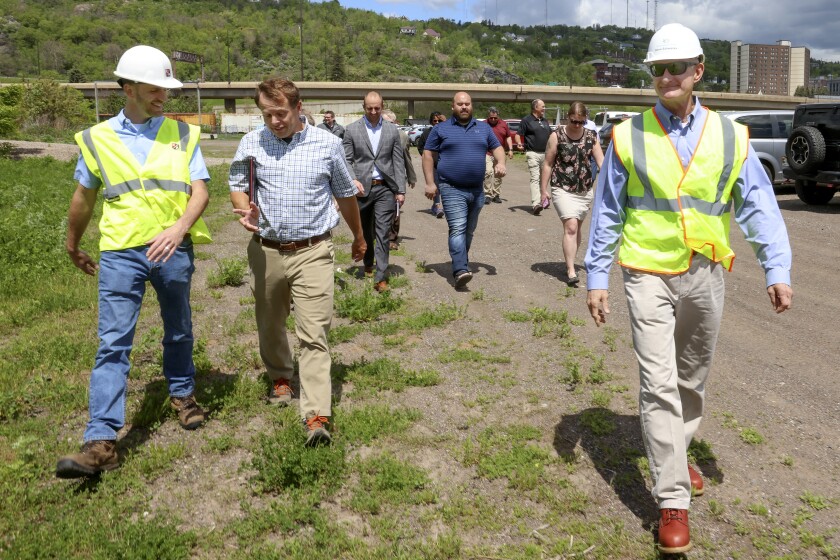
“These are going to be tall buildings. How tall? I’ll just pick a number. It’s going to be about 10 stories — 11, 12, maybe 9 — you get the sense. These will be tall buildings, and I think that there’s going to be probably four of them,” he said.
ADVERTISEMENT
Schwanke said the foundation work required to support a large-footprint building on such a site will be complicated and expensive. He explained that building taller will help justify the cost, and the first two or three floors of the structure would be used to accommodate parking
Schwanke said some shorter townhomes could also be built on the property.
He envisions a few commercial buildings with warehouse capacity on the western side of the property, providing a transition to the Compass Minerals bulk salt-handling facility next door.
Schwanke said he has been in close communication with Compass about how their respective properties can peacefully coexist in the future.
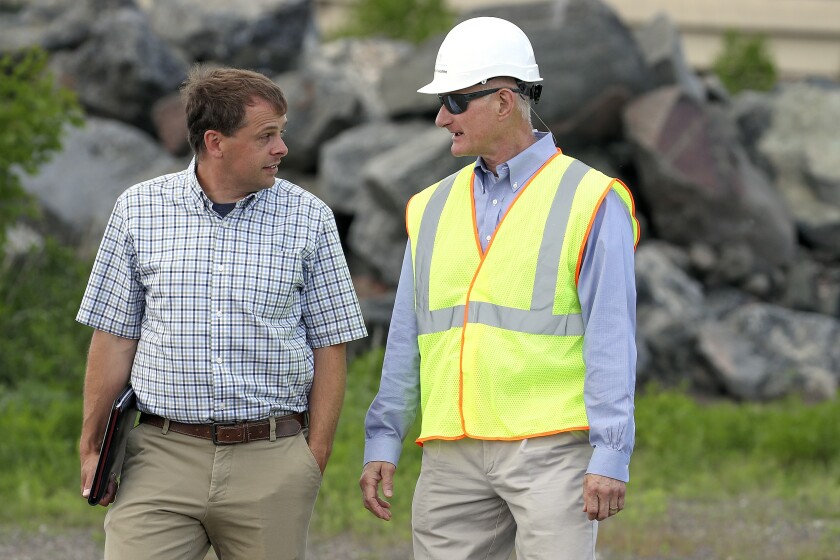
“Compass is very important to our community,” Fulton said.
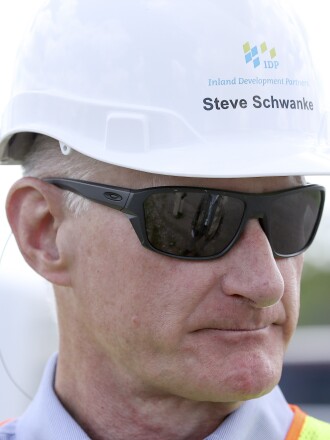
“They provide a lot of jobs there, and we need to maintain their operations. So, the interface between these two properties is really going to be important,” he said.
Fulton noted that Inland has a reputation for being able to successfully tackle complicated projects, including its recent redevelopment of a landfill in Maple Grove.
ADVERTISEMENT
Inland’s not the first outfit to take a crack at redeveloping Lot D. In 2017, DEDA entered into an agreement with Lot D Holding Co. — involving local developers Sandy Hoff and Alex Giuliani — granting them an opportunity to develop a plan and potentially exercise an option to purchase the property. But a deal didn’t pan out.

Although some of the difficulties of redeveloping the site may seem insurmountable, Schwanke said he remains confident, “There is a pathway. But it’s going to take a lot of work. This will be a big lift.”
Yet, given the uniqueness of the property and the views it offers, he said, “It’s a great site and a tremendous opportunity.”






